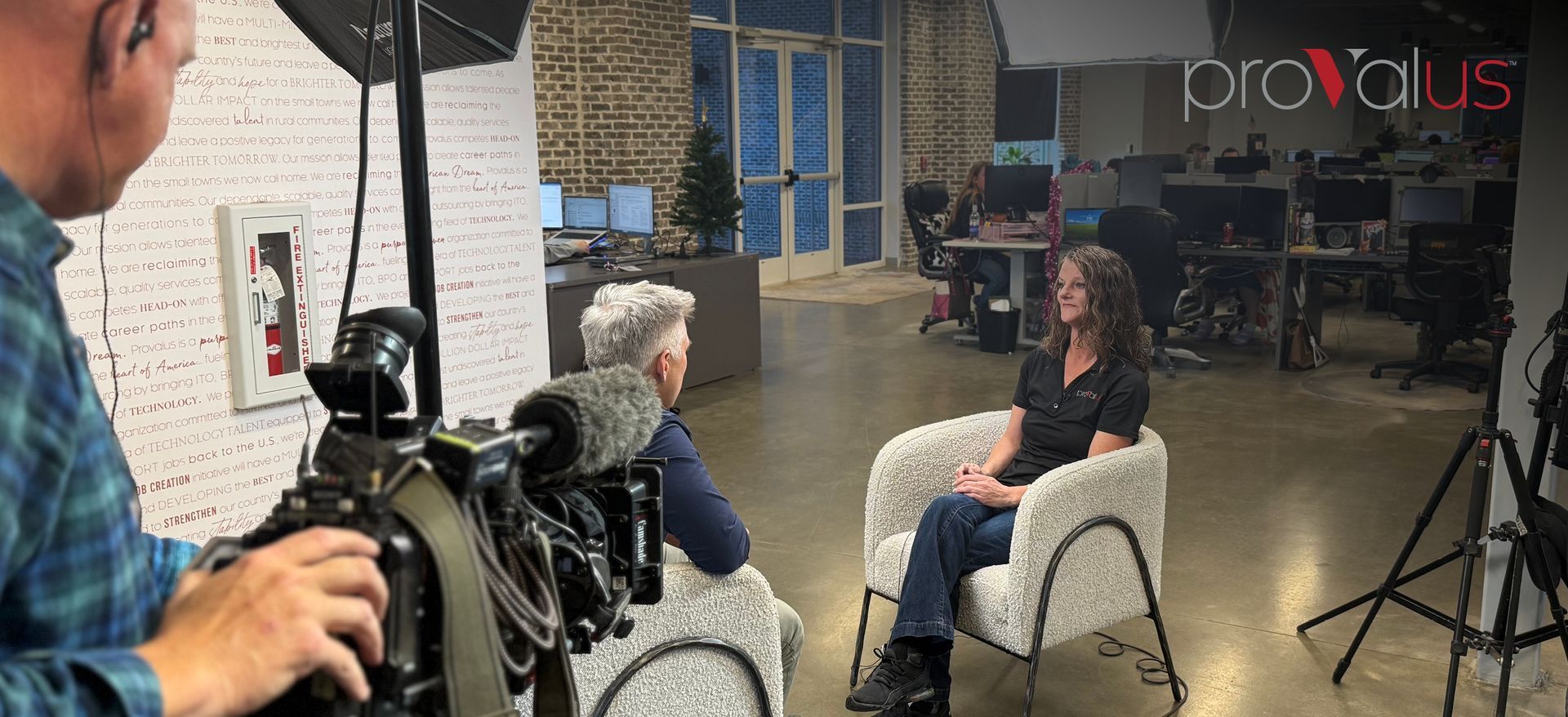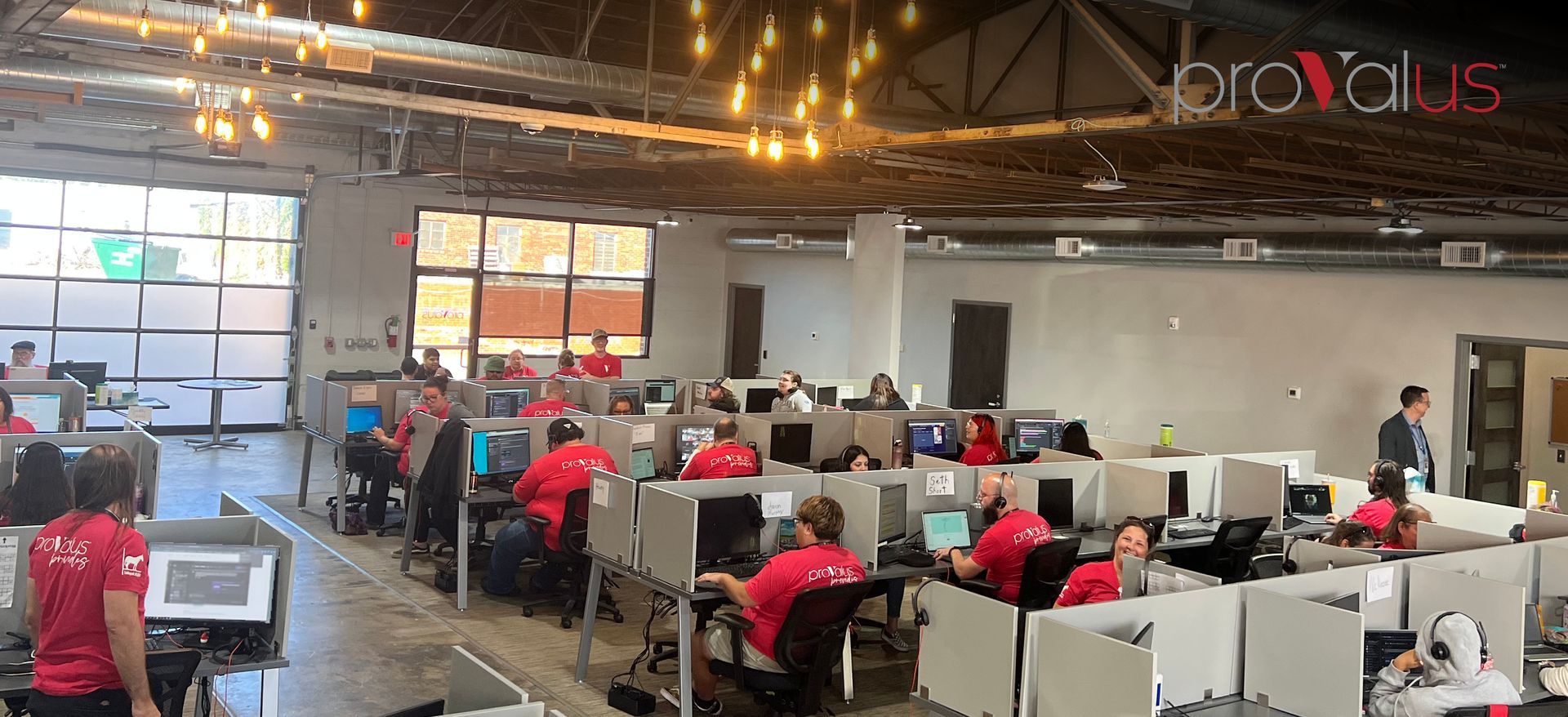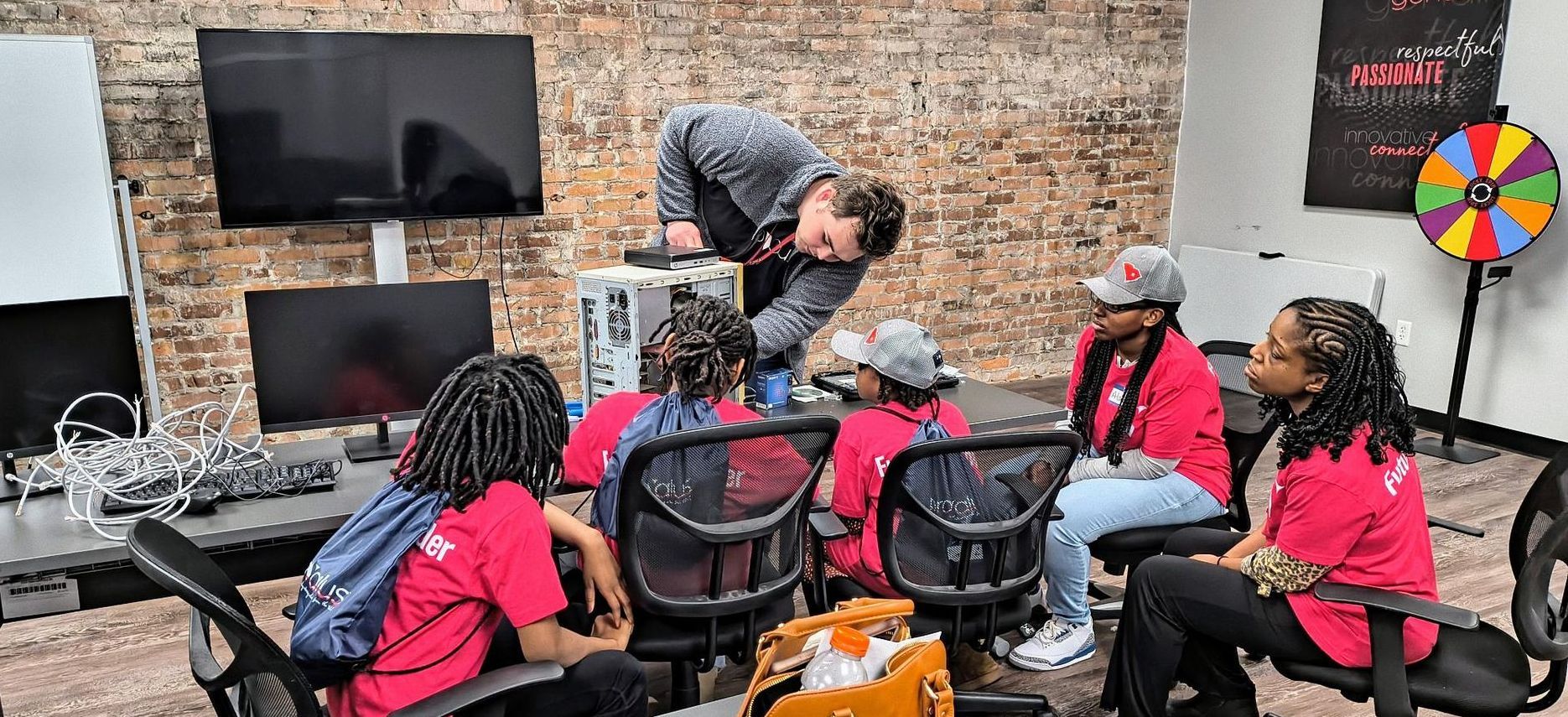
Good customer service is simple to describe and hard to deliver. The teams that do it best share one trait: they stay together. When people stick around, they learn faster, fix more on the first try, and make customers feel heard. That is the core advantage of onshore customer experience programs in the United States.
Start with retention, not seat rate
Retention sets the ceiling on quality. Global manager surveys report very high annual turnover in contact centers, with the biggest centers faring the worst. High churn resets proficiency and culture. Keeping people flips that script. When a team stays intact, product knowledge compounds, handoffs drop, repeat contacts fall, and first-contact resolution rises. Replacing people is costly and distracting. Retaining them is the win that lets everything else work.
What typical retention looks like:
- Philippines: The national industry association reported voluntary attrition of around 25 to 30 percent in 2023. That doesn’t include performance-related involuntary attrition.
- India: Deloitte’s India Talent Outlook reported average India Inc attrition at roughly 17 percent in 2023, with IT and IT-enabled services around 15.5 percent. These are economy and sector figures, not onshore specific, but they show the general range.
- Rural US-Based: Provalus, a rural onshore outsourcing provider, typically sees contact center attrition at below 10%, significantly lower than offshore averages.
Why onshore has an edge
- Impact sourcing. Hiring in rural U.S. communities and among military families produces longer tenures and stronger commitment. Analyst research consistently finds that retention is 60 to 85 percent higher than in traditional outsourcing models.
- Stability compounds. When teams stay intact, product knowledge deepens, edge cases get easier, and first-contact resolution rises. You spend less time replacing and retraining and more time serving customers.
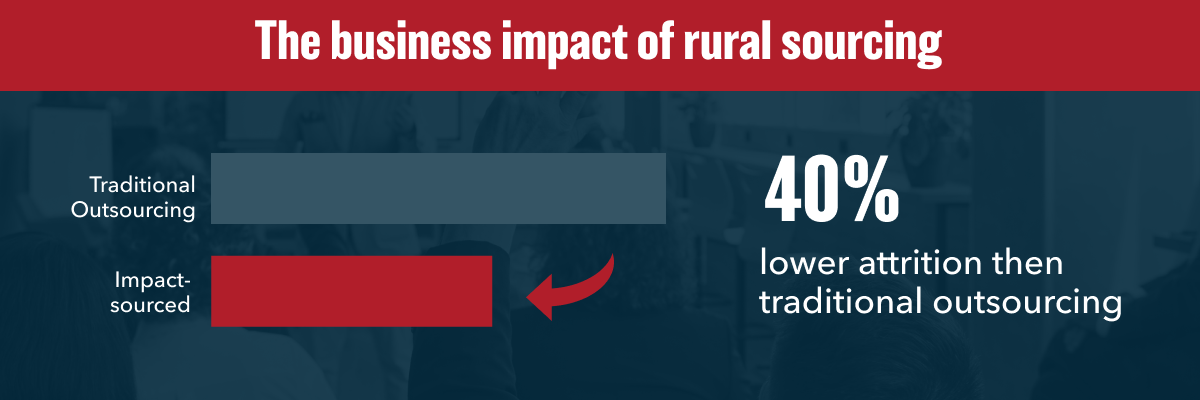
Continuous improvement only compounds when people stay
Stable teams make small fixes every week that add up. When the same people spot patterns, update knowledge, coach each other, and measure the result, more issues get solved at Tier 1 and fewer cases need escalation. Trade sources describe this as shift left, which means handling work earlier and closer to the customer. Higher tiers cost more per ticket, so even a small reduction in escalations produces real savings at volume.
What the cost curve and ticket flow tell us
- Shift left moves incidents and requests to the lowest feasible support tier, optimizing costs and reserving experts for complex issues.
- Later tier or vendor escalations can be many times the price of Tier 1, with some benchmarks placing vendor tickets around 600 dollars each.
- Programs that keep experienced agents in place see steadier service levels and fewer handoffs, which shortens resolution time.
Why onshore has the edge
- Retention keeps the improvement loop intact. Impact-sourced onshore programs hold on to people, so fixes stick and accumulate.
- Shared context speeds up coaching. Working in the same language and business culture makes knowledge updates easier to teach and apply.
- The effect is even stronger when teams are colocated. Studies of day-to-day work show colocated teammates share far more peer feedback than distributed teams, which speeds skill growth and helps new standards take hold.
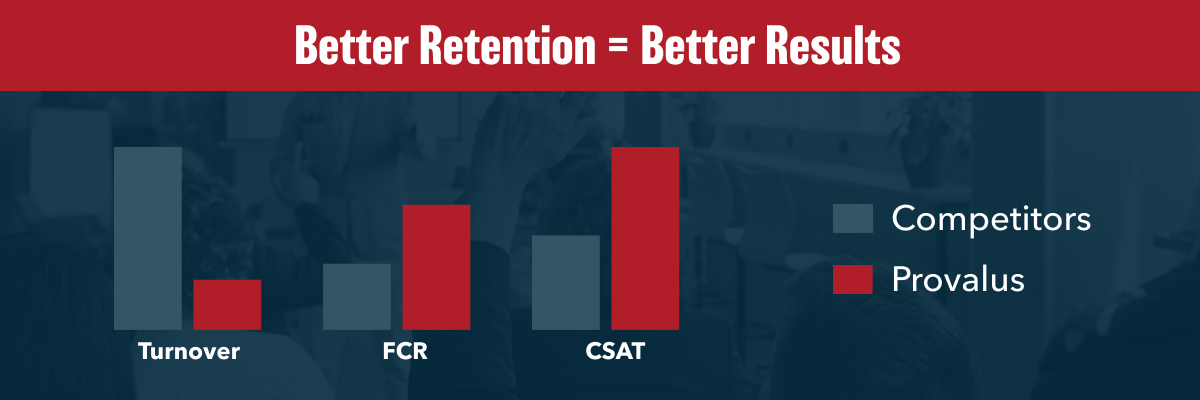
Language and cultural fit improve CX
Clear communication invites customers to share details and try solutions. Studies show customers participate less when they hear an unfavorable foreign accent in a service interaction, and large panel data link front-office offshoring with lower customer satisfaction. In practice that means longer calls, more callbacks, and lower CSAT. Onshore teams reduce this friction.
What the research says about accent and satisfaction
- Experiments in service settings find lower customer participation when the employee speaks with an unfavorable foreign accent.
- Lab studies show accented speech can reduce processing fluency, which makes statements feel less credible even when accurate.
- Across nine years of ACSI data for 150 North American firms, front-office offshoring is associated with lower customer satisfaction.
Why onshore has the edge
- Native fluency and shared cultural cues make troubleshooting faster and instructions easier to follow.
- Time zone alignment and brand nuance matter on voice and chat, especially for complex issues or regulated conversations.
- Fewer misunderstandings lift first-contact resolution and reduce repeat contacts, which shows up in higher NPS and CSAT.
How onshore works at Provalus
Theory is great, but how does it show up in the real world?
Provalus, a U.S.-based onshore outsourcing company, combines the ingredients we just covered into one operating model:
- Hire locally in rural U.S. communities and among military families to keep teams together
- Invest in training and career paths so people stay,
- Use in-person collaboration to speed learning.
Leaders described how owning training content for clients and tightening knowledge management helped move more work to the first line, reduce unnecessary dispatches, and cut costs, while stable teams held SLAs and lifted first-contact resolution. The results are reflected in internal program signals such as 90 percent plus annual retention and NPS in the mid-80s, that has been independently validated.
Program results:
- Retention
Provalus reports 90 percent plus annual retention in its US-based rural hubs. - NPS
Scores in the mid-80s, validated by two independent cycles. - SLA consistency
Internal reporting indicates SLA adherence above 98 percent on mature programs. - Average time to resolution
Program reviews show decreases in resolution times of 30 - 40 percent.
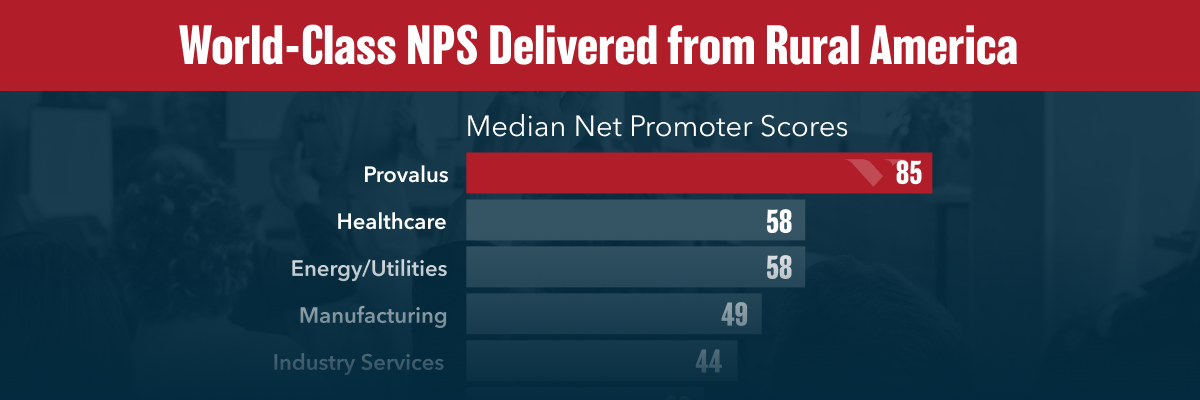
References
- Emanuel, N., Harrington, E., Pallais, A. The Power of Proximity to Coworkers. National Bureau of Economic Research working paper. Finding: same-building teammates provided about 22 percent more feedback, consistent with faster on-the-job learning. NBER
- Bourdin, D., Sichtmann, C., Davvetas, V. The Influence of Employee Accent on Customer Participation in Services. Journal of Service Research, 2024. Finding: customers participate less with unfavorable foreign accents. SAGE Journals
- Lev-Ari, S., Keysar, B. Why Don’t We Believe Non-Native Speakers The Influence of Accent on Credibility. Journal of Experimental Social Psychology, 2010. Finding: reduced processing fluency lowers perceived credibility of accented speakers. accent-american.com
- Whitaker, J., Krishnan, M., Fornell, C., Morgeson, F. How Does Customer Service Offshoring Impact Customer Satisfaction Industry-level ACSI panel linking front-office offshoring to lower satisfaction. UR Scholarship Repository
- NICE WEM Global Survey. Contact Centers From Attrition to Retention, 2022. Attrition levels reported by managers worldwide, with higher levels in large centers and BPOs. Call Centre Helper
- HDI SupportWorld. Embracing Shift Left To Improve Service Delivery, 2024. Definition and rationale for shift-left as a cost and quality lever. thinkhdi.com
- MetricNet. Metrics Unleashed Shift-Left. Illustrative later-tier vendor support costs guiding the escalation-reduction business case. metricnet.com
- Everest Group. The Case for Impact Sourcing and Impact Sourcing State of the Market 2023. Lower attrition and absenteeism among impact-sourced talent. Everest Group+1
